9 GPTs for Waste Sorting Powered by AI for Free of 2026
AI GPTs tailored for Waste Sorting are advanced generative pre-trained transformers designed to enhance and streamline waste management processes. These tools leverage the power of AI to analyze, classify, and recommend the most efficient sorting strategies for various types of waste materials. By integrating machine learning and natural language processing capabilities, they provide tailored solutions that significantly improve waste handling, promoting sustainability and environmental protection.
Top 9 GPTs for Waste Sorting are: 横浜市ゴミ出し案内,三豊市のゴミ分別相談窓口(UnOfficial テスト中),Kam s ním?,Recycle Time,Recycle Buddy,Trash Control,ゴミ資源分別先生,Kerbside Collection Guide,GreenPath Toronto
横浜市ゴミ出し案内
Smart, AI-Powered Waste Sorting Guide
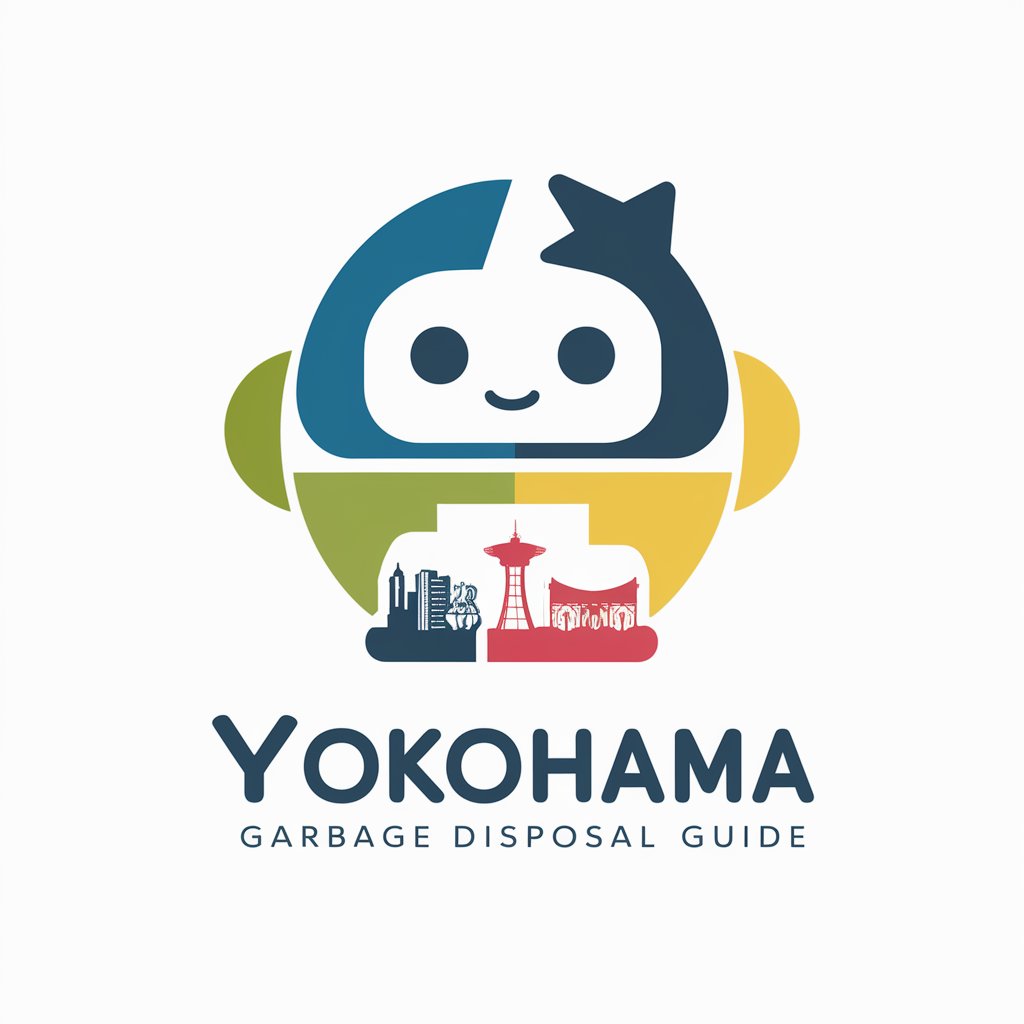
三豊市のゴミ分別相談窓口(UnOfficial テスト中)
AI-powered waste sorting guide for Mitoyo City.
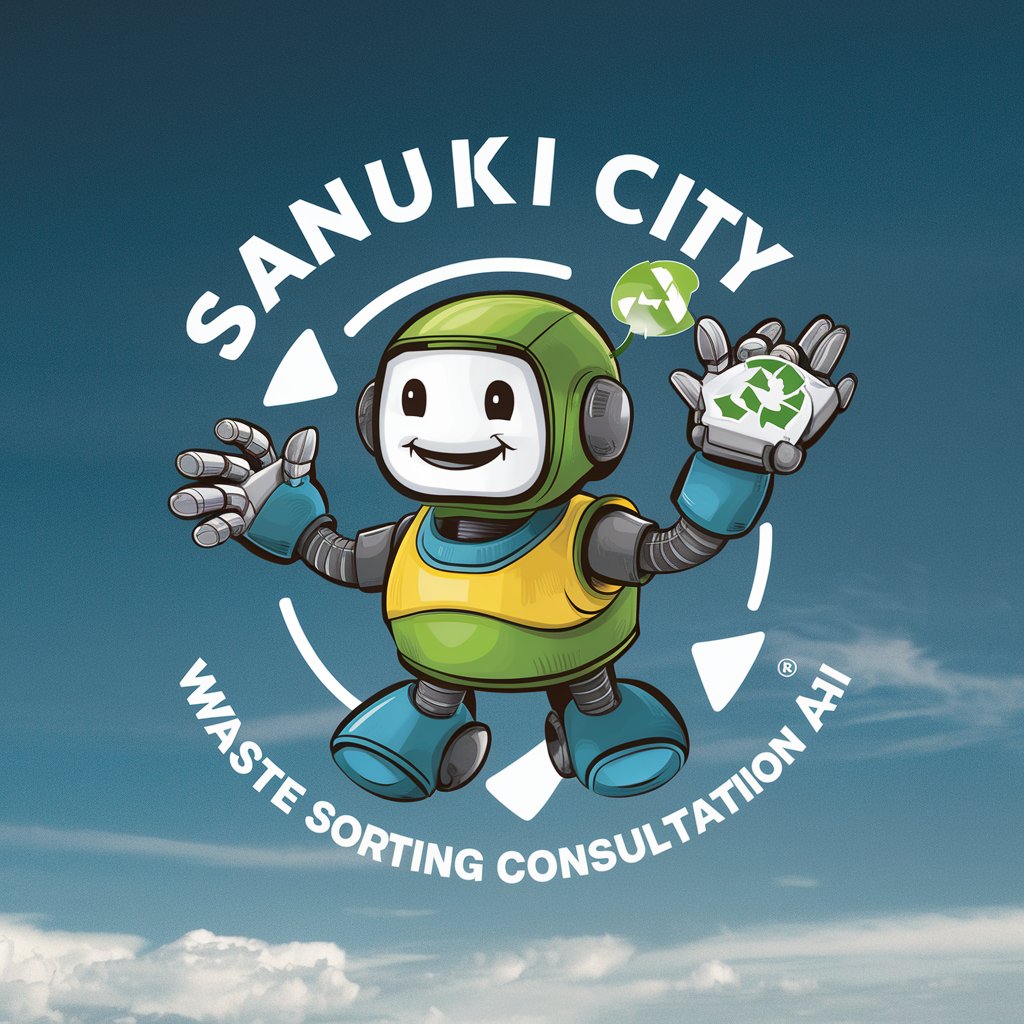
Kam s ním?
Navigate recycling effortlessly with AI
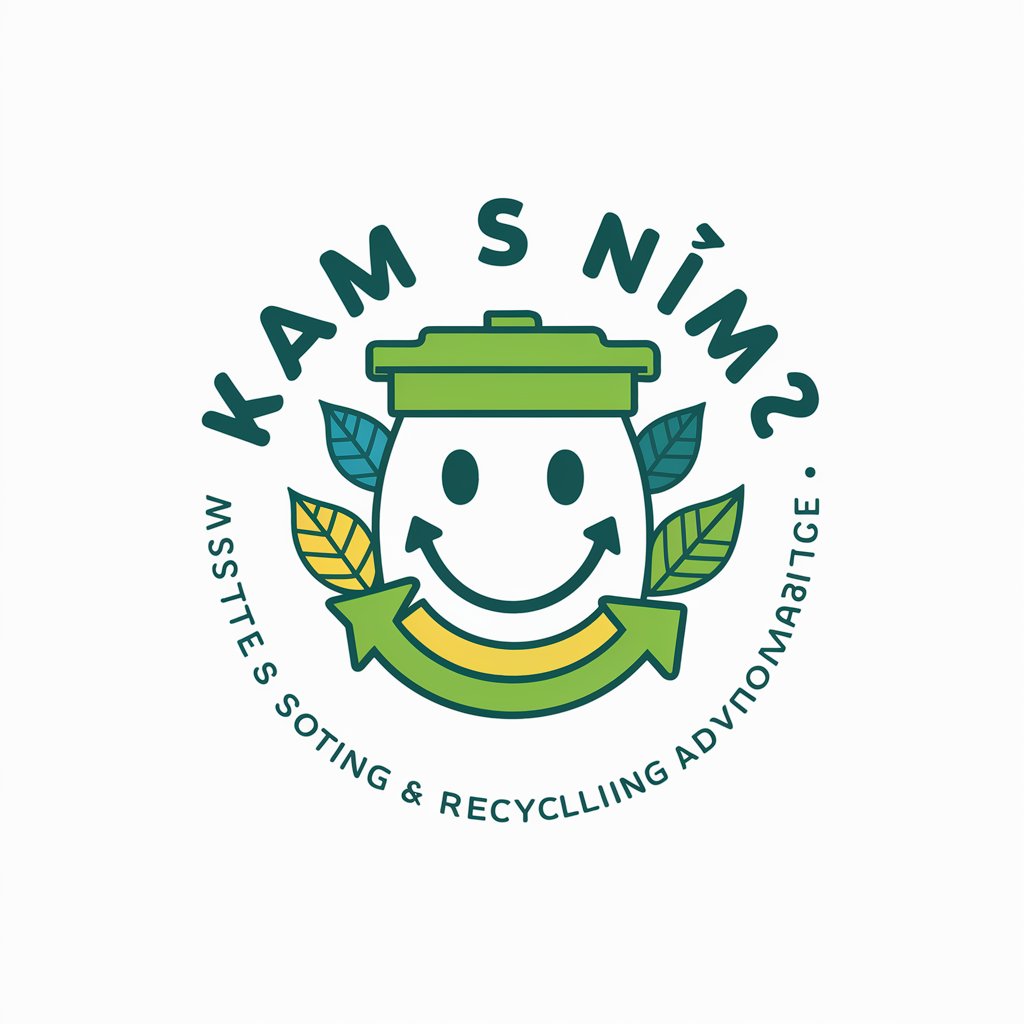
Recycle Time
Empowering recycling with AI.
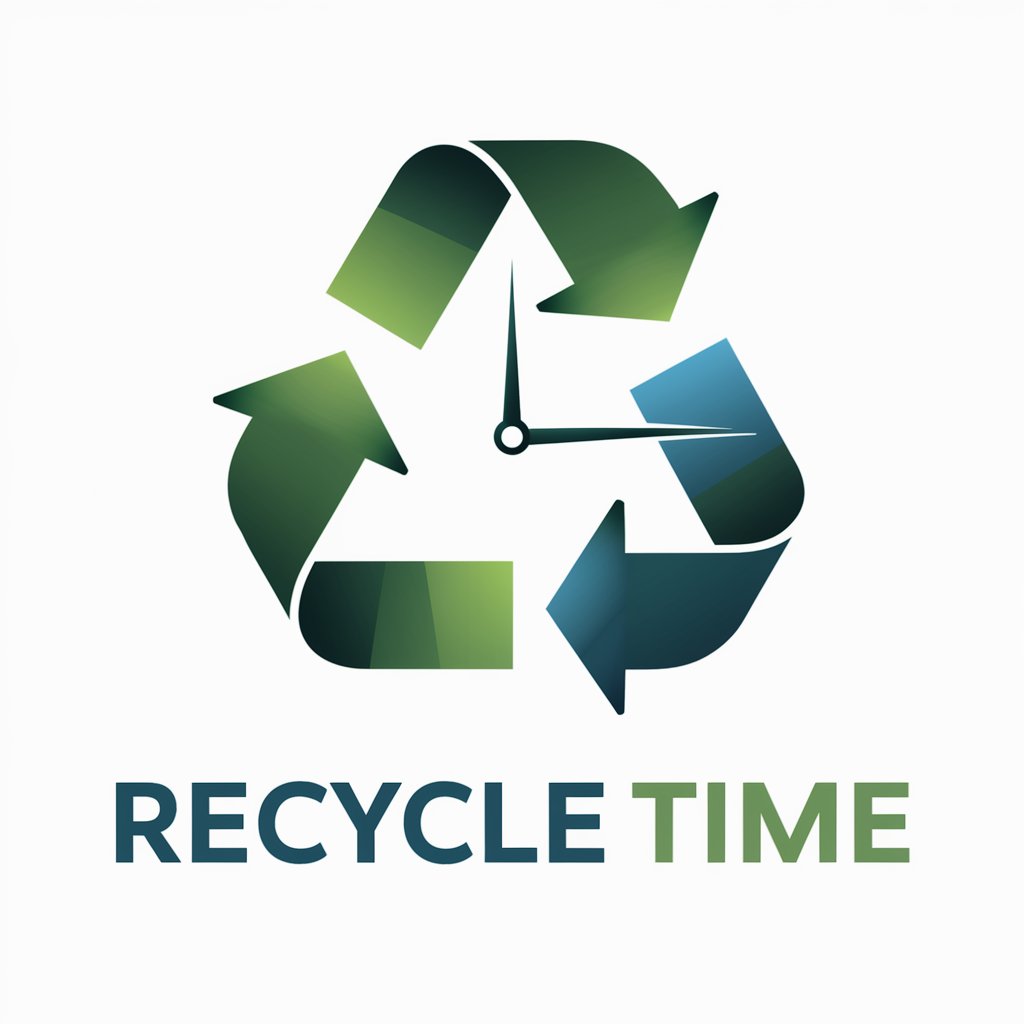
Recycle Buddy
Smart recycling at your fingertips.
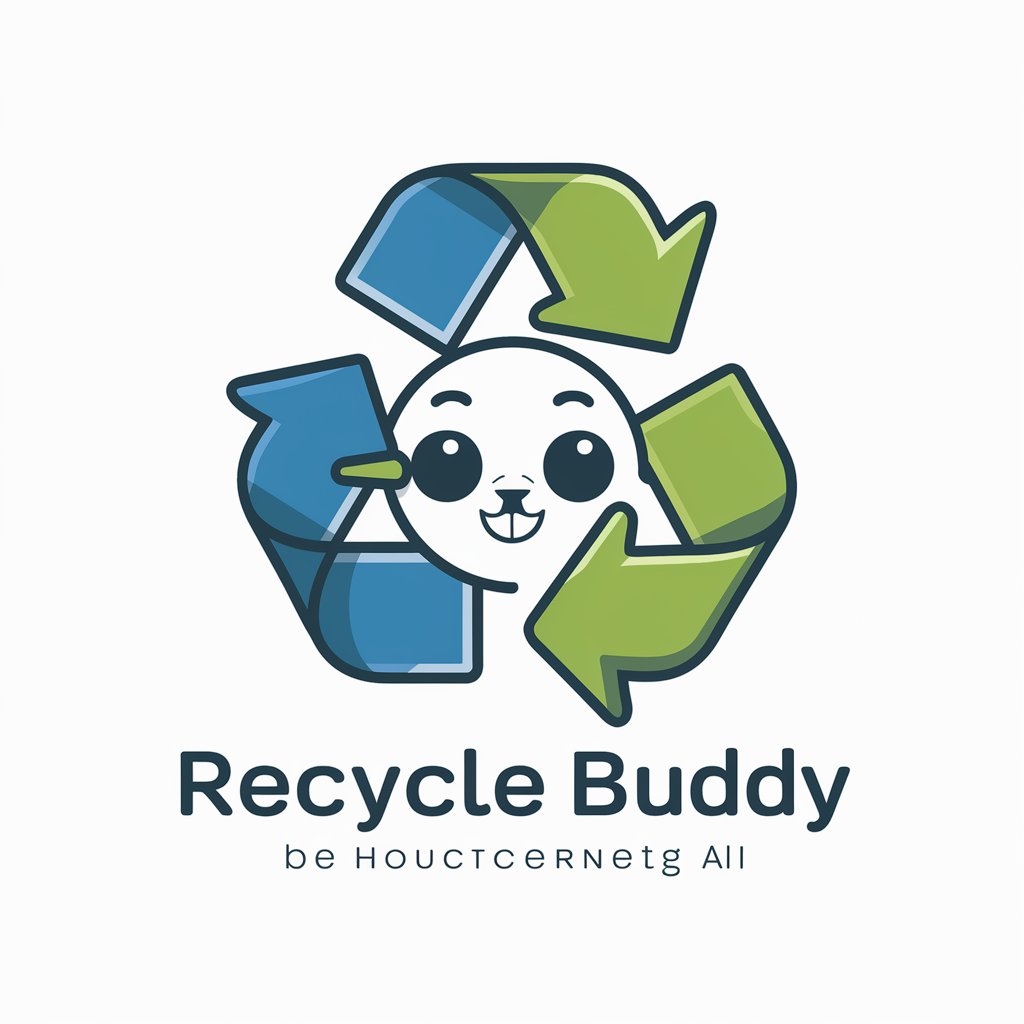
Trash Control
AI-powered Smart Recycling at Your Fingertips
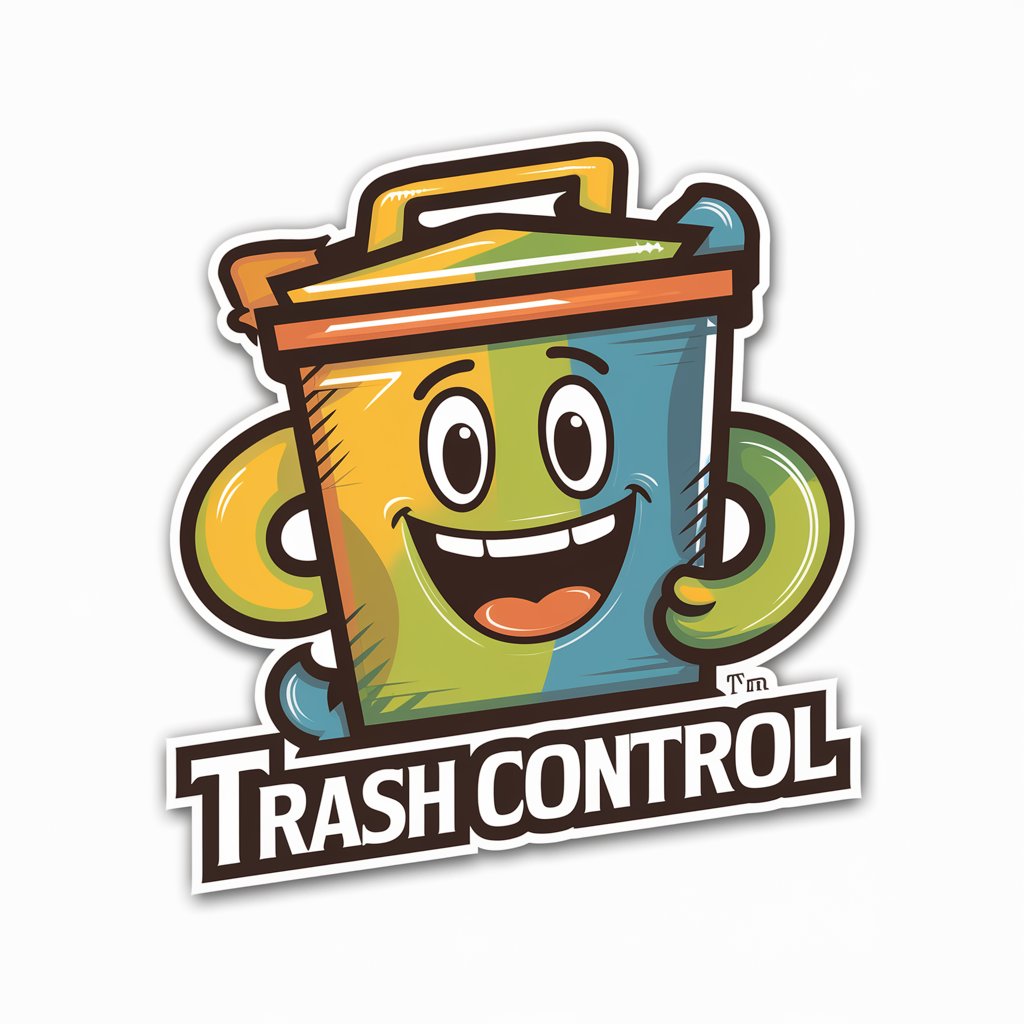
ゴミ資源分別先生
AI-powered Recycling Guide
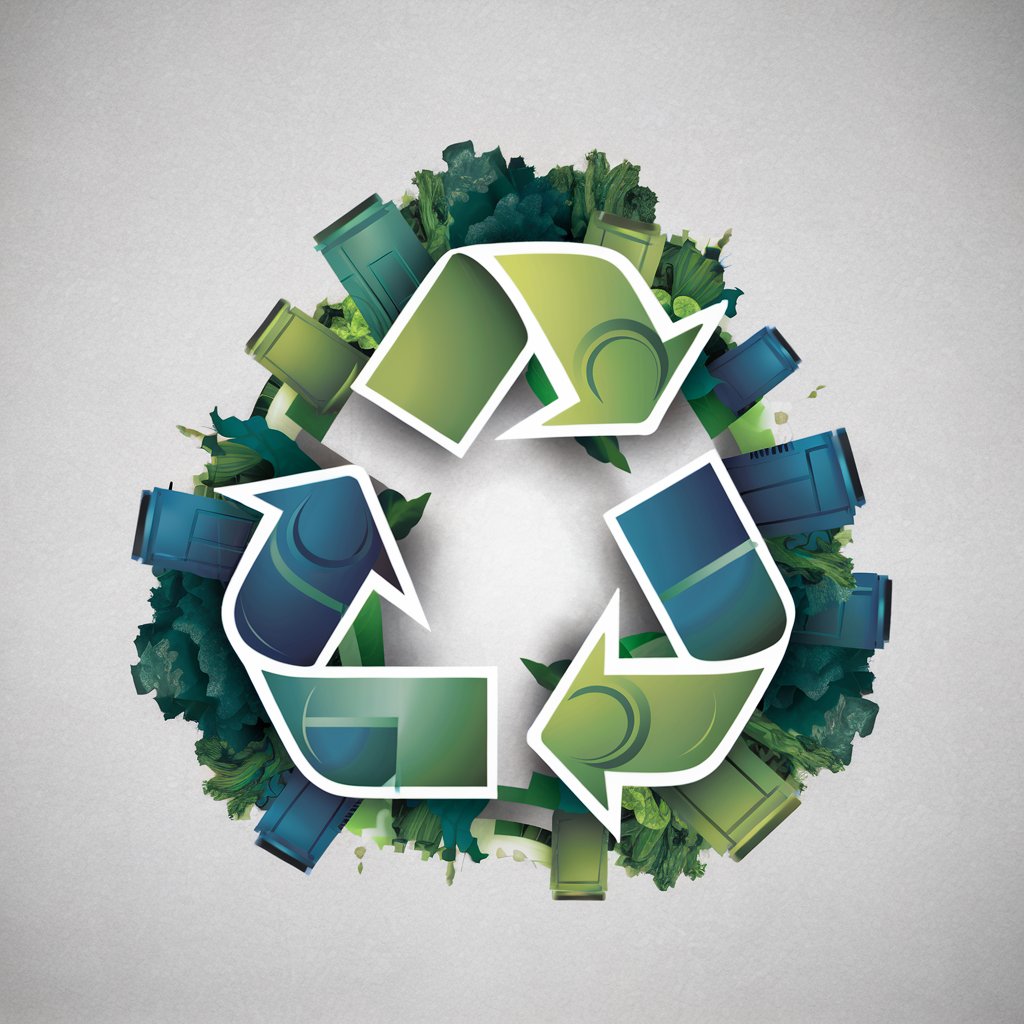
Kerbside Collection Guide
AI-powered Recycling Simplified
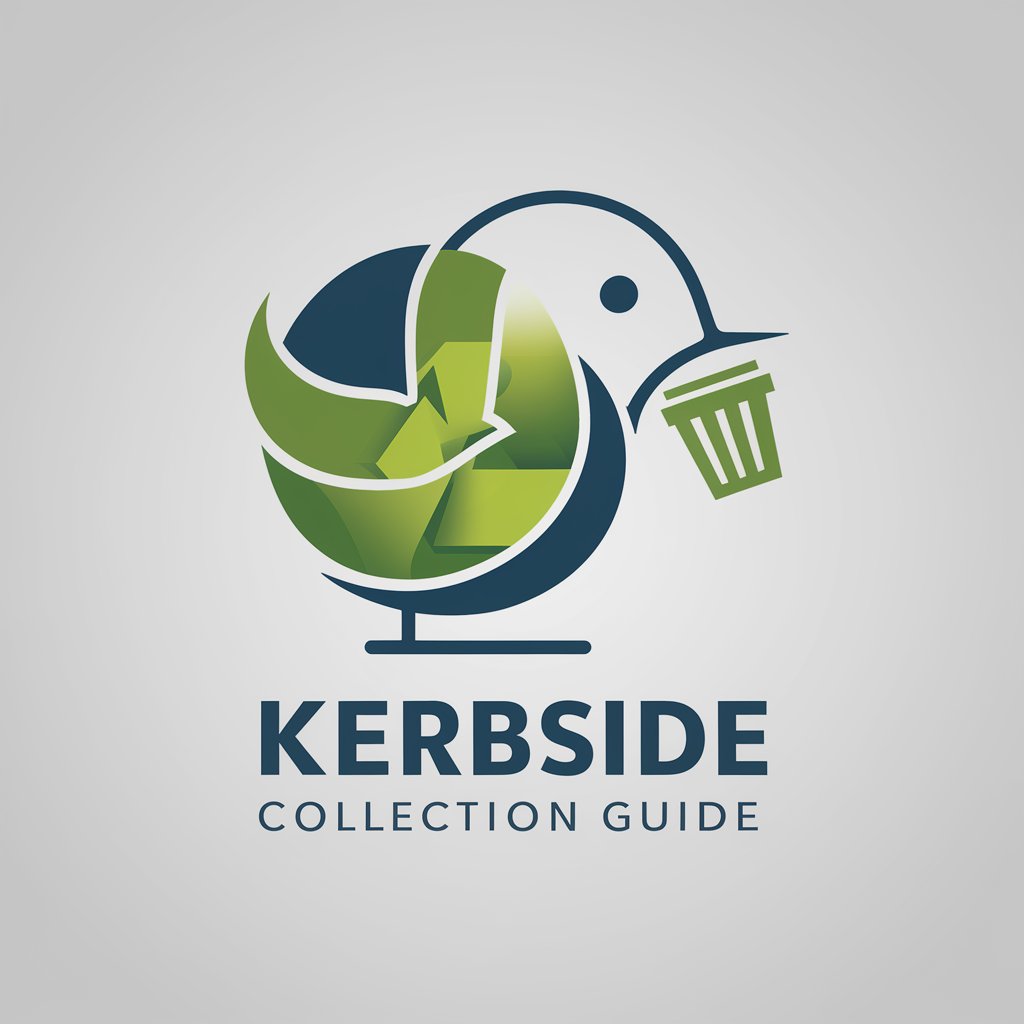
GreenPath Toronto
Empowering Eco-Friendly Disposal with AI
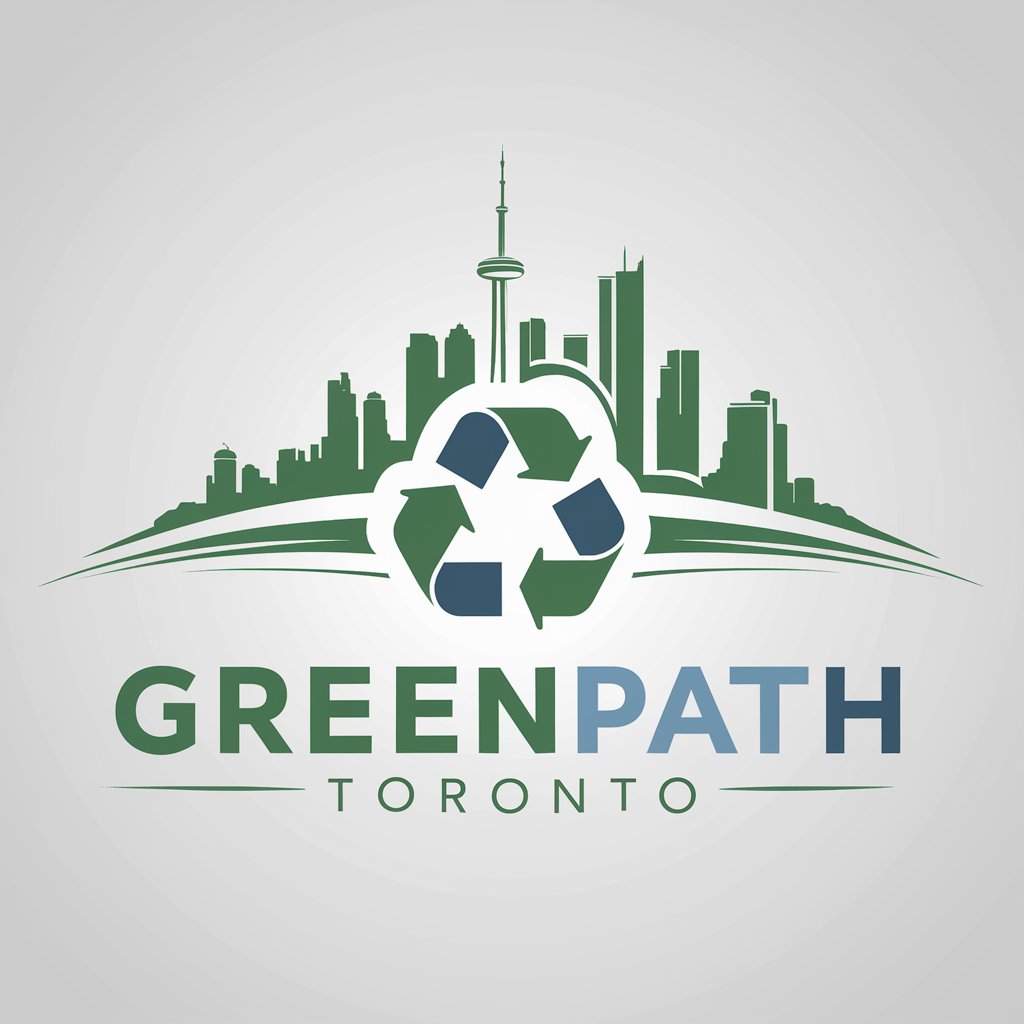
Key Attributes and Functionalities
These AI GPTs come equipped with a wide array of features tailored for the waste sorting industry. From identifying and categorizing different waste types to suggesting optimal disposal methods, their adaptability spans from basic identification tasks to complex, customized waste management solutions. Special features include natural language understanding for better interaction, technical support for troubleshooting, and data analysis capabilities for improving waste sorting strategies. Their adaptability and learning capabilities make them indispensable tools in modern waste management.
Who Benefits from Waste Sorting AI?
AI GPTs for Waste Sorting are designed to cater to a broad audience, including environmental enthusiasts, waste management professionals, and technology developers. They offer intuitive interfaces that require no coding knowledge, making them accessible to novices, while also providing advanced customization options for tech-savvy users and developers. This inclusivity ensures that anyone from policy makers to operational staff can leverage these tools to enhance their waste management practices.
Try Our other AI GPTs tools for Free
Hazardous Disposal
Discover how AI GPTs transform hazardous disposal, offering tailored, intelligent solutions for waste management and environmental protection.
Electronic Waste
Discover how AI GPTs for Electronic Waste are revolutionizing the management and recycling of e-waste, offering sustainable and efficient solutions.
Bipolar Education
Discover AI-powered tools for bipolar education, designed to enhance understanding, management, and support for bipolar disorder through personalized, interactive learning experiences.
Space Cybersecurity
Discover how AI GPTs for Space Cybersecurity revolutionize threat detection and mitigation, offering tailored, adaptable solutions for safeguarding space operations.
Resilience Strategies
Explore how AI GPTs for Resilience Strategies leverage advanced AI to enhance planning and response to disruptions, offering tailored, data-driven solutions for a resilient future.
Employer Identification
Discover how AI GPT tools for Employer Identification revolutionize employer verification with advanced AI technology, offering accuracy, efficiency, and customization.
Further Observations on AI-Driven Waste Management
AI GPTs for Waste Sorting represent a significant leap towards smarter, more sustainable waste management practices. Their ability to learn and adapt to new waste types over time promises continuous improvement in sorting efficiency. Additionally, their user-friendly interfaces facilitate broader adoption across sectors, potentially revolutionizing how communities handle waste.
Frequently Asked Questions
What exactly are AI GPTs for Waste Sorting?
AI GPTs for Waste Sorting are artificial intelligence systems designed to improve waste management through efficient sorting, identification, and categorization of waste materials.
How do these AI tools help in waste management?
They analyze waste types and suggest the best sorting strategies, contributing to more efficient recycling, reduced landfill usage, and environmental sustainability.
Can non-technical people use these AI GPTs effectively?
Yes, these tools are designed with user-friendly interfaces that require no prior coding experience, making them accessible to a wide audience.
What kind of customization options are available?
Developers and users with programming skills can tailor the AI's algorithms to fit specific waste sorting needs, enhancing its functionality and efficiency.
Are there any specific features that make these tools unique?
Yes, features such as natural language processing for improved interaction, technical support, and advanced data analysis capabilities set these tools apart in the waste management field.
How do AI GPTs contribute to environmental sustainability?
By optimizing waste sorting and management processes, these AI tools help reduce landfill usage, promote recycling, and decrease environmental pollution.
Can these AI tools be integrated with existing waste management systems?
Absolutely. These GPTs are designed for easy integration with current systems, enhancing their efficiency without requiring major overhauls.
What future advancements can be expected in AI for Waste Sorting?
Future advancements may include improved accuracy in waste identification, greater adaptability to new waste types, and enhanced user interfaces for more intuitive interactions.